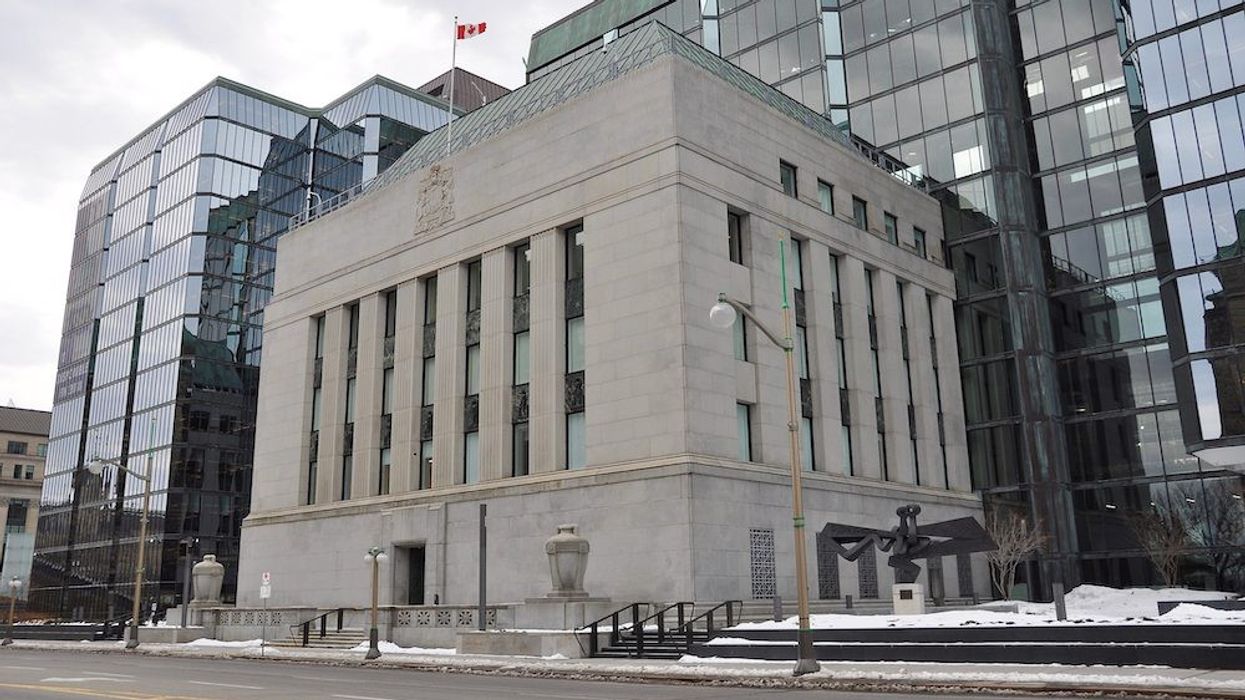The soaring pace of inflation has been a front-and-centre focus this year for economists and consumers alike -- and the nation’s central bank has had the unenviable task of reigning it in via tighter monetary policy.
However, while it appears this tougher interest rate environment is having its intended effect -- the July inflation reading came in at 7.6%, indicating the measure may have peaked -- that won’t deter the Bank of Canada (BoC) from continuing its rate hiking cycle.
In an opinion piece written for the National Post, BoC Governor Tiff Macklem said that while inflation is showing signs of easing, “it remains far too high,” and that will likely be the case “for some time.”
“Many of the global factors that have pushed up inflation won’t go away quickly enough -- supply chain disruptions continue, geopolitical tensions are high, and commodity prices remain volatile. And here at home, our economy has been running too hot,” Macklem writes.
“As Canadians finally enjoy a fully reopened economy, they want to buy more goods and services than our economy can produce. Businesses are having trouble keeping up with demand, and that’s leading to delays and higher prices. The result is broad-based inflation. Even if inflation came down a little in July, prices for more than half of the goods and services that make up the CPI basket are rising faster than 5%.”
He also dispelled any notions that the BoC will take its foot off the gas in terms of rate hikes in the near future, despite the softer reading.
“Tuesday’s inflation number offers a bit of relief, but unfortunately, it will take some time before inflation is back to normal. We know our job is not done yet -- it won’t be done until inflation gets back to the 2% target,” he writes.
The BoC has increased its trend-setting Overnight Lending Rate four times since March, most recently implementing a surprise full-percentage increase in July. Collectively, the hikes have brought the Canadian base cost of borrowing from a pandemic-induced emergency low of 0.25%, to 2.5% today. That’s resulted in spiking mortgage rates, and a considerable cooldown in housing markets across the country. It is widely anticipated that the Bank will continue to increase rates into the 3.25 - 3.5% before its hiking cycle is through.
READ: Canadian Housing Affordability Hits Worst Level in 30 Years
Macklem says a moderating housing market is a key part of the Bank’s inflation strategy.
“With higher mortgage costs, housing activity has slowed quickly after unsustainable growth during the pandemic, and housing prices are moderating. As housing slows, peoples’ spending on housing-related goods and services, such as renovations and appliances and furniture, should also slow,” he writes.
READ: Canadian Home Prices Fall 5% in July, Down 23% Total From Market Peak
Macklem’s reassurance of future rate hikes likely doesn’t surprise economists, who have pointed to troubling trends in the July inflation data, despite an overall lower reading.
In an “Economic Flash”, Karyne Charbonneau, Executive Director of Economics at CIBC Capital Markets, points out that the cost of number of elements in the basket of goods increased, including food, hotels, restaurants, and air transportation.
“With the large revisions to CPI common in recent months muddying the message from the preferred core measures, the Bank of Canada is probably keeping a close eye on inflation ex food/energy these days,” she writes. “Today's acceleration in that category is therefore not good news for the Bank, which should still be on track for a 75 [basis point] increase in rates at its next meeting.
Scotiabank’s Derek Holt concurs that a three-quarter increase is still likely in the cards for the Bank’s September 7 announcement, given core inflation’s upward creep.
“The Bank of Canada won't care about the headline softening,” writes the lender’s Vice President and Head of Capital Markets Economics.
“They'll be more concerned about ongoing upward pressure upon core measures. The data lends itself to a 75 [basis point] move on September 7th that would bring the policy rate closer to being in very mildly restrictive territory given estimates of the neutral policy rate range of 2–3%.”





















